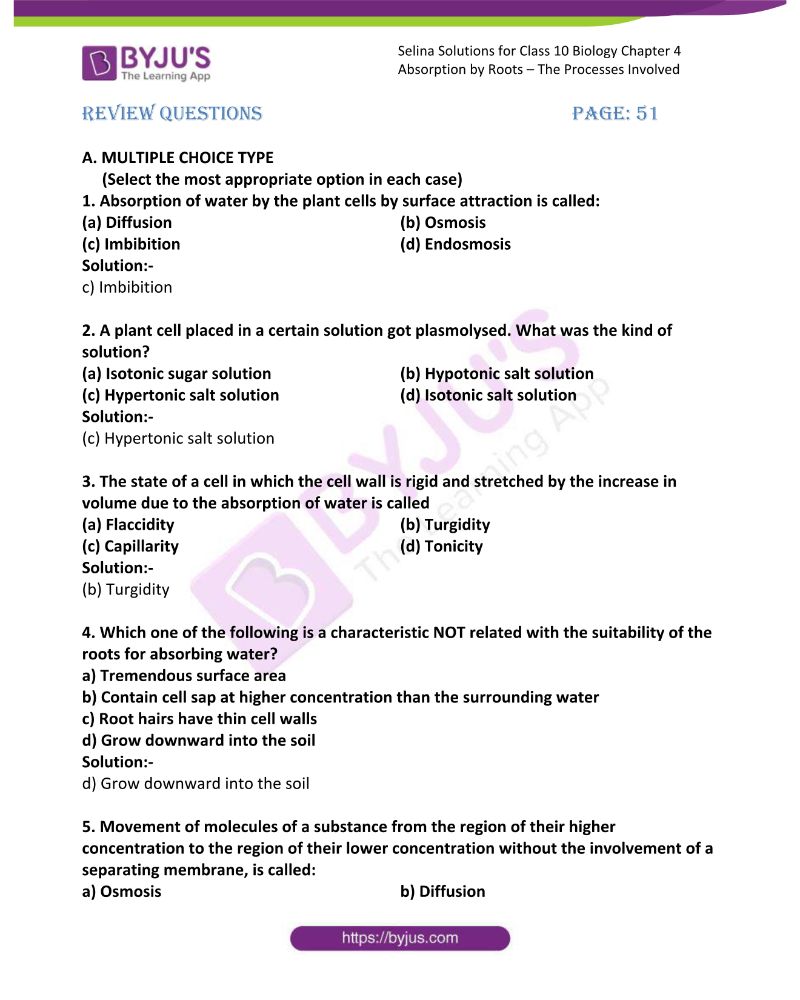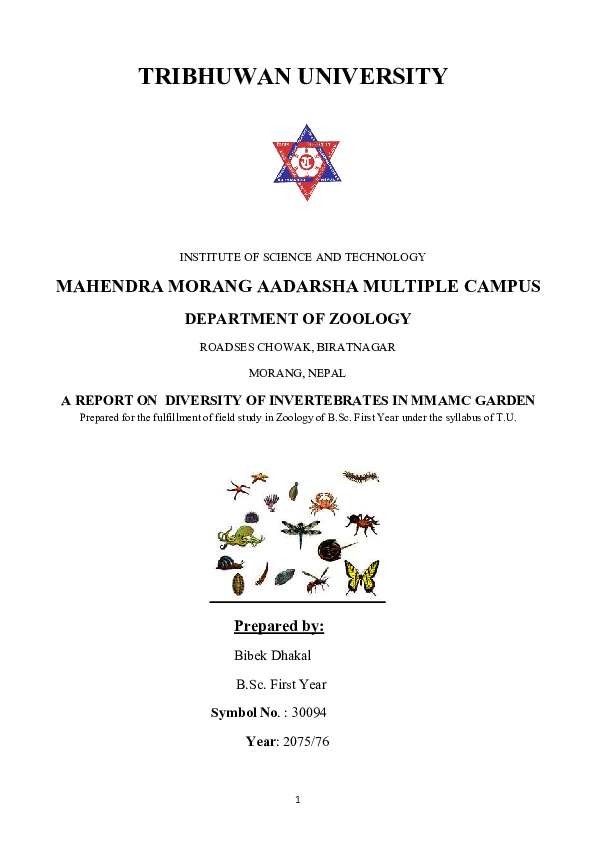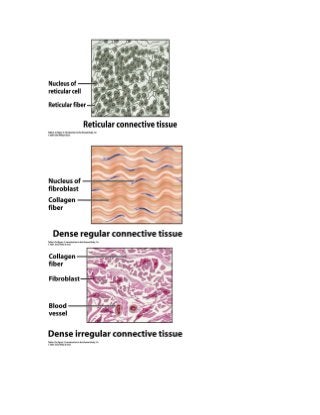A Tour of the Cell Chapter 4 Study Guide Answers

A tour of the cell chapter 4 study guide answers provide you with the answer to the questions on membrane, Activated transport, and the Nucleus. These questions cover all the topics in the chapter, so you can focus on getting the most out of the exam. These study guide answers will also help you to understand the importance of the Cell Cycle, Molecular Transport, and Activated transport. You will also get a clearer understanding of the importance of the Nucleus.
Activated transport
Activated transport occurs when substances move from one concentration to another. Large molecules such as glucose are transported by active transport. This type of transport requires energy to accomplish, but also makes use of passive and facilitated diffusion processes. Activated transport in the cell also requires energy to complete. Here are some study guide answers for this section of the chapter. You can use this chapter’s answers to practice for your final exam.
ATP pumps are the primary means of active transport, and are responsible for 60-70 percent of cellular energy. Primary active transport involves the movement of ions between the inside and outside of a cell, which are called anions. ATP-driven pumps also transport cations, such as calcium and sodium. Activated transport in cells enables these ions to move in a controlled manner.
The energy required for active transport requires cellular energy, typically in the form of adenosine triphosphate (ATP). In order for substances to move into a cell, they must go against a gradient of concentration – the concentration of the substance inside the cell must be higher than the concentration in the extracellular fluid. As a result, active transport is crucial for moving small-molecular-weight materials between different compartments of the cell.
Nucleus
A tour of the cell chapter four study guide answers are a helpful tool to prepare for your upcoming test. This chapter will explore compartmentalization in eukaryotic cells. Organelles within the cell have different functions, such as the chloroplasts and mitochondria. The extracellular matrix is another important structure. The study guide will also cover tight and gap junctions, which are important in the movement of water and carbon dioxide.
The nucleus is the largest organelle in the eukaryotic cell and contains the majority of the cell’s DNA. DNA is associated with proteins in structures called chromosomes, and unorganized chromatin is found in the outer membrane. The nucleus also performs the four basic functions of a cell: genetic control, production and distribution of molecules, and communication between cells.
The nucleus contains the genetic code of a cell, which is carried by ribosomes in the cytoplasm. Ribosomes synthesize proteins, and then transport that message to the nucleus to be synthesized during cell division. The RER contains a network of membranes, which pinch off to form vesicles. These vesicles transport proteins away from the RER to the Golgi apparatus.
Membrane
The membrane is the fluid that surrounds the inside of a cell. It is composed of many dissolved substances. The cell membrane is the primary barrier between the outside world and the inside world, and it helps give the cell shape and holds the various organelles and structures. The membrane also provides a site for biochemical reactions. Read the following sections for more information. The membrane is an essential part of every cell.
Active transport of sugar involves the movement of a substance within a cell. It occurs when a sugar molecule enters a cell, requiring the presence of a substance. This process is known as facilitated diffusion, while simple diffusion occurs when a substance moves from one place to another. Osmosis is the same process. Both active and passive transport of molecules occur in the cell membrane.






